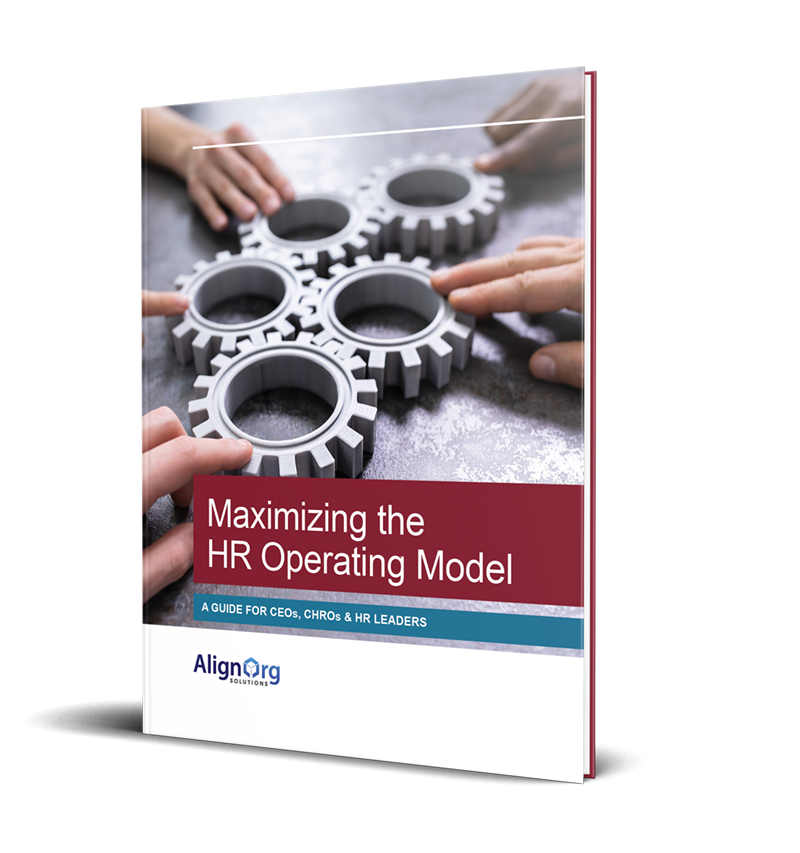When Susan Schmitt Winchester prepares to lead an organization alignment, she may call on an experienced change partner to help her navigate the process. Winchester, Chief HR Officer at Applied Materials, has spent time working with a change partner on key initiatives over the past six years, both in her current role and previously with Rockwell Automation. In her most recent project, a global HR organizational change, her change partner helped Applied Materials build a new organization model that was employee and people manager-oriented and cost-efficient.
A Change Partner’s Role
For executives leading an organization alignment, change partners are trusted advisors who serve as a sounding board to discuss new ideas, strategies, roadblocks, and solutions. They help create a blueprint for change and the plan to get there and facilitate internal discussions. Lastly, they provide tools to help those planning and leading an organization alignment, who we refer to as Alignment Leaders®, implement their strategic vision.
“The Alignment Leader’s role is to provide clarity and conviction around possible future states,” Winchester said. “They then guide the team through the transition while offering recommendations for how best to align executives with those changes. The change partner provides a best practice roadmap to reach that destination. I look to my change partner for tools, best practices, benchmarking, feedback and coaching to help us overcome resistance and roadblocks and reach our desired end state.”
The success of the new HR organization model provided a blueprint for future changes at Applied Materials. “We can now use HR as an example of how we can apply organization design to enable strategy across the organization,” she said. Working with a change partner is truly a partnership, Winchester added. “I can talk about any relevant topic and receive good counsel and an independent perspective.”
Overall, she said, working with a change partner continues to help Applied Materials find effective ways to drive its strategy across all levels of the corporation. The partnership brings expertise and independent viewpoints that help her team function more effectively and navigate the inevitable obstacles that arise during any major undertaking.
Three Tips for Working with a Change Partner
Whether you’re creating an entirely new organization model or simply looking to help your organization maintain alignment and improve results, a change partner can be an invaluable asset. These tips can help you work effectively with your change partner and achieve a successful transformation.
Be open to new ideas and strategies: One of the biggest benefits of working with a change partner is the ability to benefit from a new perspective. Encourage your change partner to share stories, research, information and experiences that challenge assumptions and help you find solutions to difficult issues.
Provide Clear Expectations and Needs: As with any relationship, a successful working relationship between an Alignment Leader and change partner depends on good communication. When the change partner clearly understands your challenges, capabilities and goals, they can work more effectively with you throughout the transformation process.
Commit Your Time & Personal Attention: The best Alignment Leader and change partner duos work closely together throughout the duration of the process to maintain momentum and ensure that all aspects of the transformation are closely coordinated. A skilled change partner will help you remain focused on achieving the strategic goals of the transformation amid the day-to-day work of business operations and facilitating the change.
Want to learn more? Download our NEW Executive Guide – Maximizing the HR Operating Model






